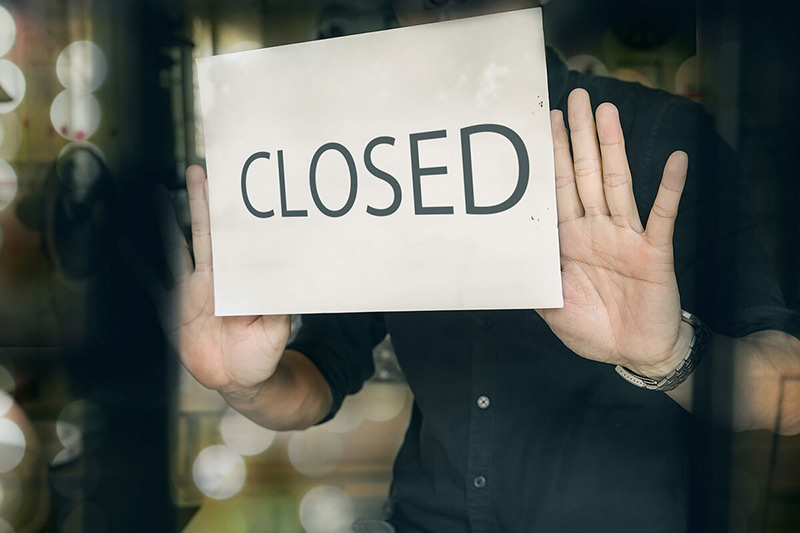Equity research firm Cowen interviewed two Food On Demand all-stars, exploring the effects of COVID-19 on the restaurant industry. Cowen Analyst Andrew Charles sat down with Vishal Agarwal, founder and CEO of ItsACheckmate, and Fred LeFranc, founder and CEO of Results Thru Strategy.
While there is an abundance of scary data, there are some positive trends lining up. Agarwal said data flowing through his third-party integration firm had a bit of both.
Agarwal told Charles that in looking at his data about 20 percent of restaurants are shutdown. In New York City, where the pandemic has been especially brutal, that figure reaches 30 to 35 percent of retailers in his system. For restaurants that have remained open and are muddling through with new promotions, bundles and expanded delivery and curbside, there have been some opportunities for growth.
Transactions suggest overall processed volume is up by 20 percent in the last 10 days. That’s further evidence that delivery regulars are ordering more as they get bored of cooking for themselves, and that new users are also coming into the system.
“Agarwal believes delivery platforms are also seeing new users as a result of social distancing, namely senior citizens,” Charles wrote.
As volumes increase, Agarwal said the data suggests entrenched delivery firms will perform best in their market. And it’s logical, that folks asking around for delivery options, Googling their favorite restaurants or just searching“delivery” are likely to see the big names in their area and entrenched firms are everywhere on social media.
Postmates, however, may see the biggest benefit as far as market expansion. Restaurant brands looking to grab as much off-premises volume as possible are signing up all the providers. Agarwalsaid the data suggests operators who already use DoorDash, Uber Eats and Grubhub are likely to also add Postmates. The No. 4 provider is likely to benefit from the lack of kitchen capacity or complexity issues that would have previously limited their delivery options.
LeFranc said folks with off-premises solutions already in place, namely drive-thru windows, are faring best so far. Even in places heavily affected by COVID-19, folks want fast food and a single point of contact through a window fits with most people’s idea of social distancing. He said they also would be the restaurants that bounce back the fastest when this is all over, whenever that is.
But whether a restaurant has been gravely impacted or is working through the pandemic, LeFranc “cited the importance for restaurants to look 18 to 24 months out in establishing a vision, and work backwards of setting a plan to get to that point while remaining fluid with implementing tactics amid a choppy backdrop,” Charles wrote.
Right now, it’s all about surviving through building awareness of carry-out and delivery, selling raw goods or grocery items to help ends meet better and building goodwill out in the community. But pushing value messaging was not on his list.
Restaurants should be careful to balance that, when the shelter-in-place guidelines are lifted and people start returning to whatever the post COVID-19 normal is,restaurants could fall into a value pit from which escape is difficult.


